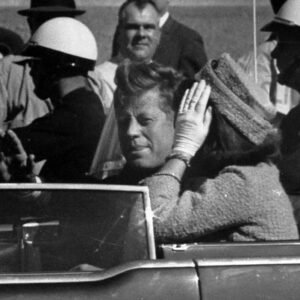The yellow taxi pulled up to a sidewalk in downtown Milwaukee. It was Friday afternoon, the weekend before Thanksgiving, and traffic was brisk. A 27-year-old man hopped inside. As he sped off, the cabbie asked, “Have you heard about Kennedy?” Thinking it was the start of a new joke, the young man eagerly leaned forward […]


